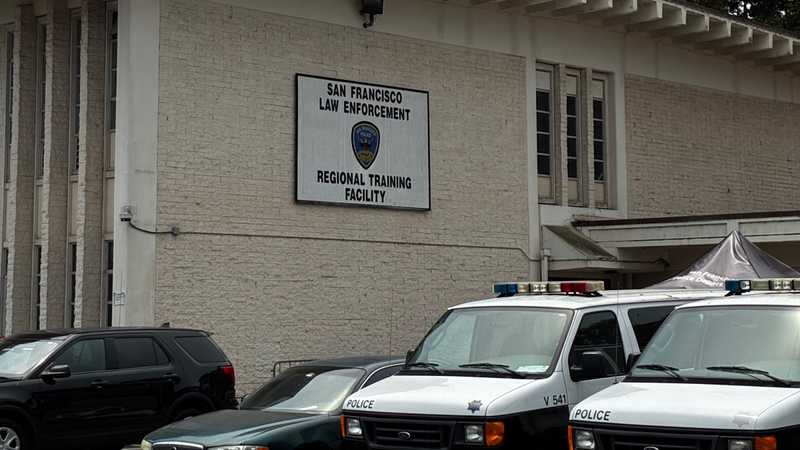San Francisco’s Police Academy is a 1960s Elementary School – It’s Time That Change
Published August 04, 2025

The academy’s roots
The San Francisco Police Academy sits at 350 Amber Drive in the Diamond Heights neighbourhood. It is not a purpose‑built police facility. It is a former elementary school. According to the Glen Park Neighbourhoods History Project, Diamond Heights Elementary School opened in 1965 on Amber Drive as part of a planned modern housing development. The building’s problems were apparent early on. The elementary school closed after a few years because the structure was built on a hillside and was quickly found to be sliding into the canyon. When the elementary school shut down, the police department took over the building and has used it for training ever since.
The city’s Community Facilities element, prepared for its general plan, describes San Francisco’s police facilities as “functionally obsolete and deteriorated,” with only a few meeting contemporary standards. In short, the academy is housed in a 1960s‑era elementary school that was never designed for law‑enforcement training and has long been considered seismically unsafe.
How the facility is used today
Classes still take place in old elementary‑school classrooms. There is no dedicated gym or large indoor training space, cadets exercise on the parking‑lot pavement between parked cars, and instructors adapt classrooms for physical training. When GrowSF interviewed officers and recruiters, they described candidates taking tests while sitting on the floor because there are not enough desks. These conditions make it harder to recruit and retain quality cadets. They also undermine our ability to deliver modern training – from defensive tactics and scenario‑based drills to de‑escalation and community‑policing techniques – in an environment that keeps trainees safe.
The building’s age and seismic condition raise safety concerns. The former elementary school was declared unsafe for school children in the 1960s, yet it now hosts hundreds of aspiring police officers each year. On top of that, the city’s planning department acknowledges that many police facilities are outdated and do not meet modern standards. Training our officers in an old, seismically deficient schoolhouse sends the wrong message about the importance of policing in San Francisco.
What a modern police academy looks like
Other major cities have invested in modern training campuses. New York City opened a 32‑acre police‑academy campus in College Point, Queens in 2014. The official description from the NYC government notes that the campus contains about 750,000 square feet of usable space, including state‑of‑the‑art classrooms, a gymnasium, an indoor track and a “tactical village” with mock environments such as a precinct station, multi‑family residence, grocery store, restaurant, park, court room, bank and subway car. The New York Times notes that the project cost $950 million and features a physical and tactical‑training building with a gymnasium and swimming pool. In other words, New York treats police training as a public‑safety priority and invests accordingly.
NYPD Academy (2025)
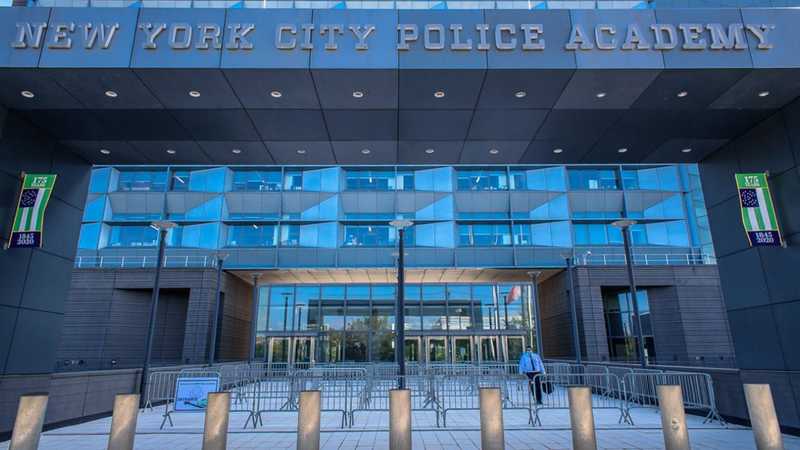 NYPA Entrance, Photo Credit: Gil-bar
NYPA Entrance, Photo Credit: Gil-bar
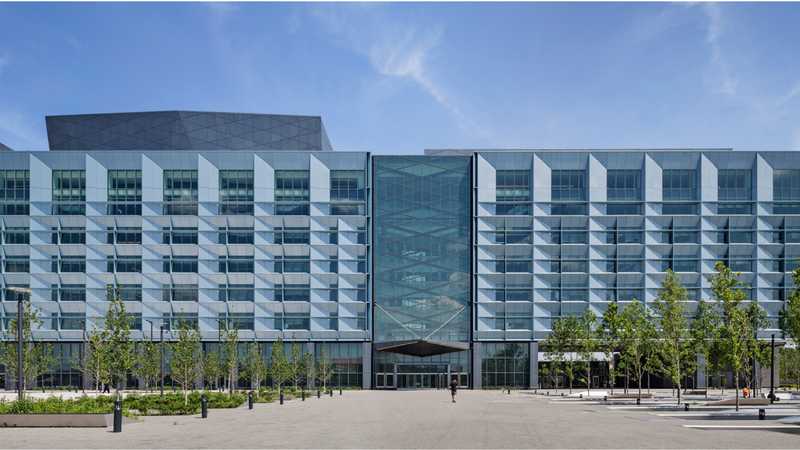 External Facade of NYPA, Photo Credit: Perkins & Will
External Facade of NYPA, Photo Credit: Perkins & Will
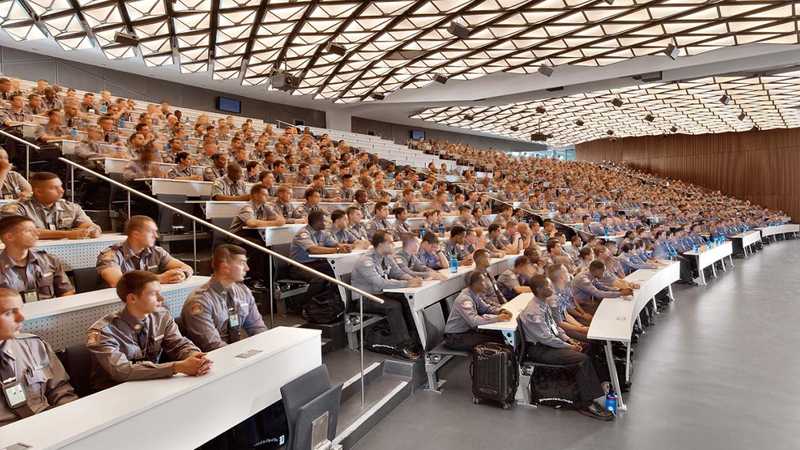 NYPA Lecture Hall, Photo Credit: Perkins & Will
NYPA Lecture Hall, Photo Credit: Perkins & Will
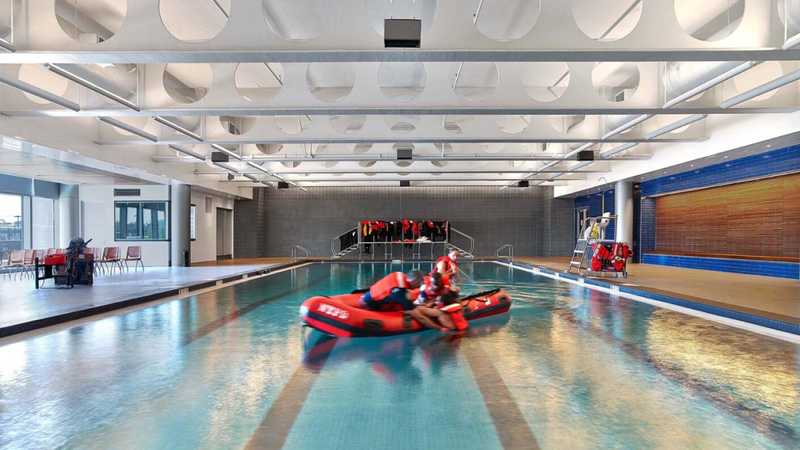 NYPA Boat Rescue Training Pool, Photo Credit: Perkins & Will
NYPA Boat Rescue Training Pool, Photo Credit: Perkins & Will
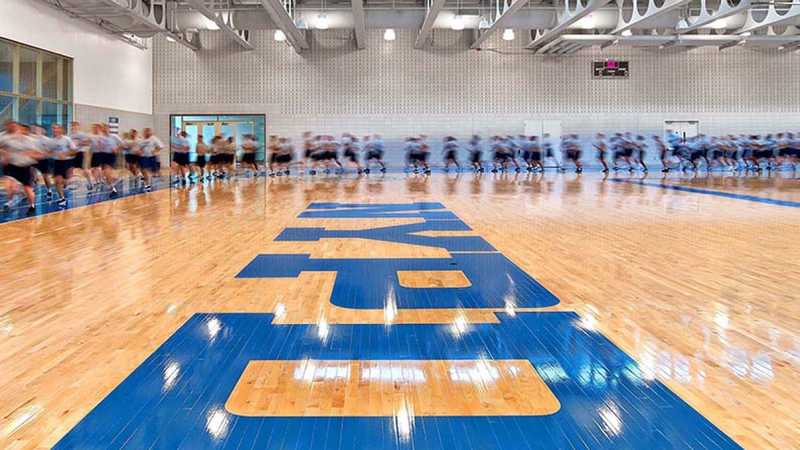 NYPA Indoor Gym and Training Facility, Photo Credit: Perkins & Will
NYPA Indoor Gym and Training Facility, Photo Credit: Perkins & Will
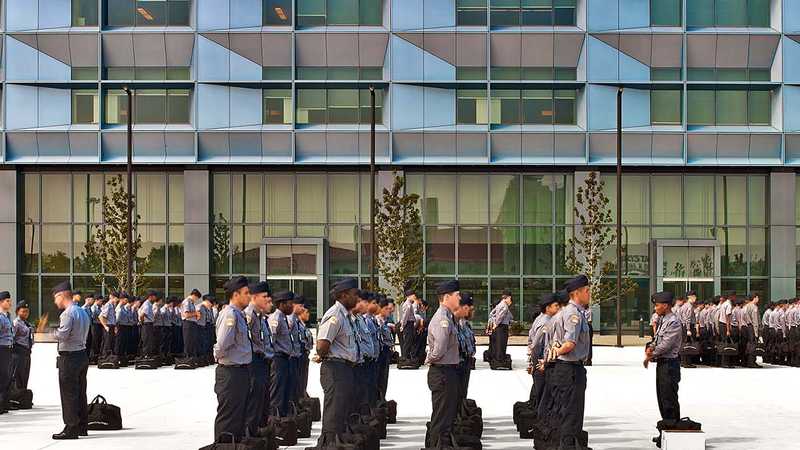 Cadets preparing outside NYPA, Photo Credit: Perkins & Will
Cadets preparing outside NYPA, Photo Credit: Perkins & Will
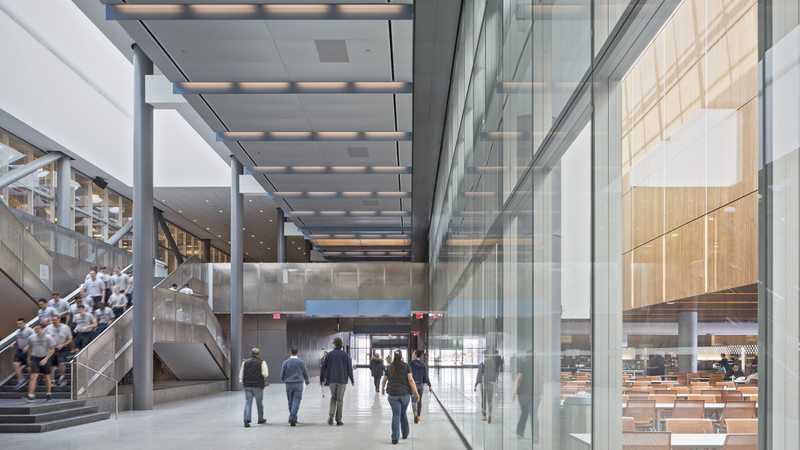 Interior of NYPA, Photo Credit: Perkins & Will
Interior of NYPA, Photo Credit: Perkins & Will
SFPD Academy (2025)
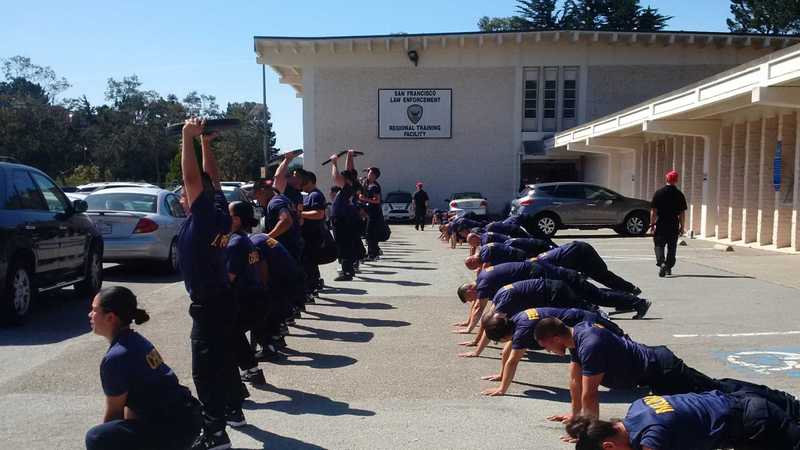 SFPD cadets exercising outside the SFPD Academy, Photo Credit: (SFPD Academy Twitter](https://x.com/sfpdacademy)
SFPD cadets exercising outside the SFPD Academy, Photo Credit: (SFPD Academy Twitter](https://x.com/sfpdacademy)
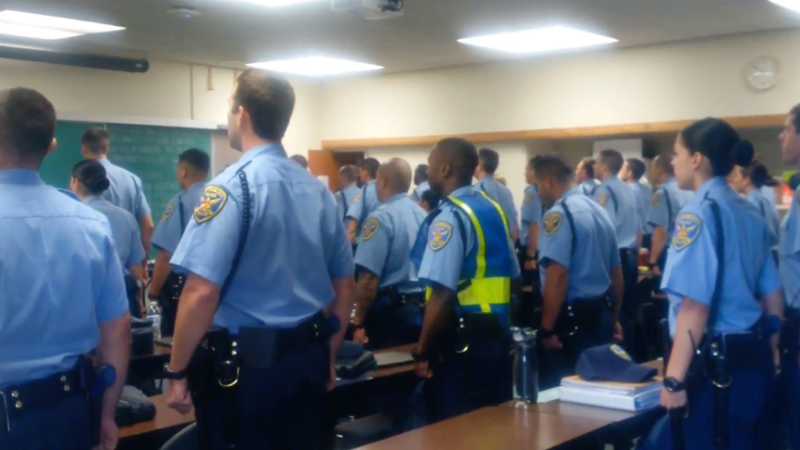 Inside of an SFPD Academy classroom, Photo Credit: SFPD Youtube
Inside of an SFPD Academy classroom, Photo Credit: SFPD Youtube
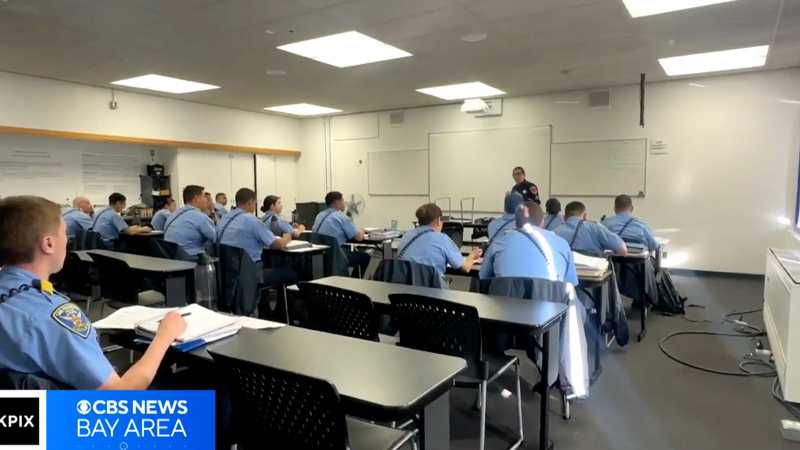 SFPD cadets inside of SFPD classroom, Photo Credit: KPIX CBS News Bay Area
SFPD cadets inside of SFPD classroom, Photo Credit: KPIX CBS News Bay Area
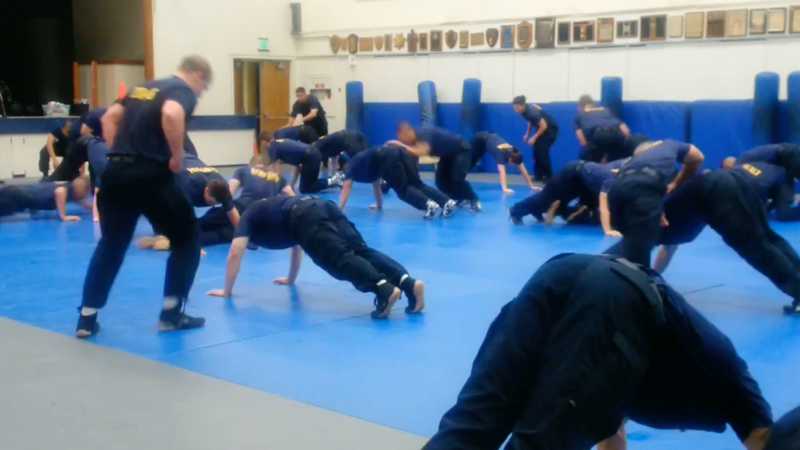 SFPD cadets training inside academy gym, Photo Credit: SFPD Youtube
SFPD cadets training inside academy gym, Photo Credit: SFPD Youtube
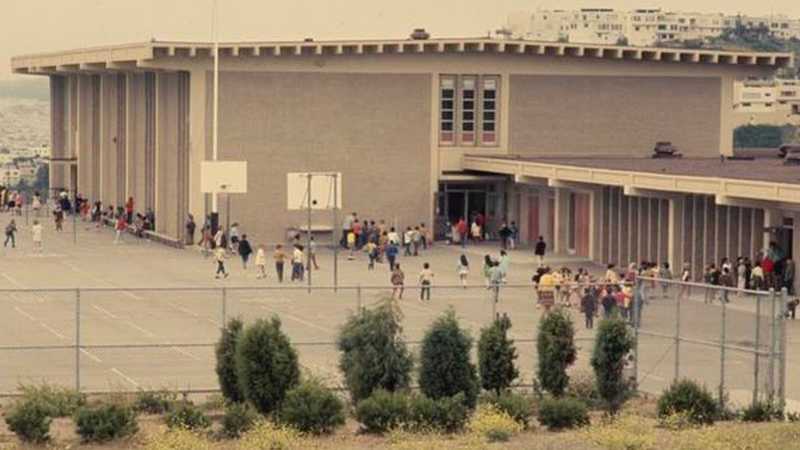 Diamond Heights Elementary School, 1968, shortly before it became the SFPD Academy, Photo Credit: Modern Diamond Heights Project
Diamond Heights Elementary School, 1968, shortly before it became the SFPD Academy, Photo Credit: Modern Diamond Heights Project
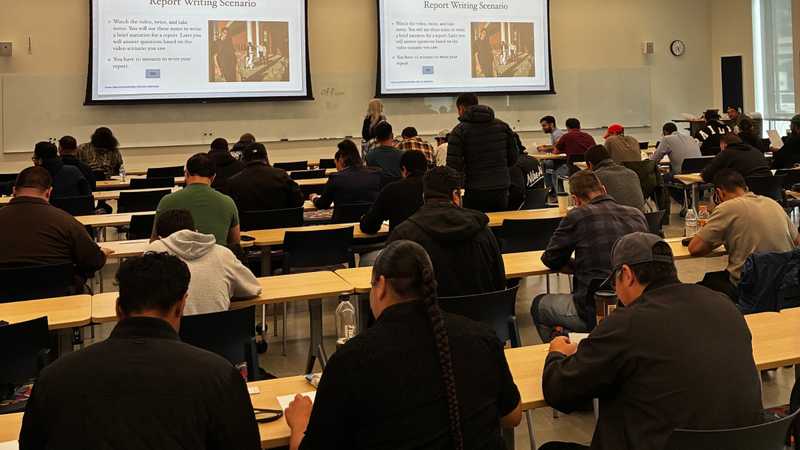 Recruits for SFPD doing a PELLET-B test prep at City College of San Francisco because the SFPD Academy does not have the facilities SFPD is charged $1100 per day out of their recruitment budget for renting this space
Recruits for SFPD doing a PELLET-B test prep at City College of San Francisco because the SFPD Academy does not have the facilities SFPD is charged $1100 per day out of their recruitment budget for renting this space
San Francisco’s fire department is also moving ahead. A Public Works report on the San Francisco Fire Department’s Division of Training shows that the city is consolidating its fire‑training operations on an eight‑acre site at 1236 Carroll Avenue in the Bayview. The new campus will include live‑fire and simulation training structures, classrooms and EMS training facilities. The report explains that the new facility is designed to “improve operational efficiency” and meet the training needs of firefighters and EMTs. That investment is sensible and necessary – and it highlights the neglect of the police academy.
The city’s current 10 year capital plan includes no timeline, no plans, and no funding for a new police academy, even though officers and training staff have been calling for a new police academy for over a decade.
Why San Francisco needs a new academy
San Francisco aspires to have a modern, fully staffed police force that uses best‑in‑class training to reduce crime and build trust. Achieving this goal requires a modern training facility. Our current academy is an outdated elementary school built more than 60 years ago and long considered seismically unsafe. The building’s limitations – cramped classrooms, no proper gym, parking‑lot workouts – hinder recruitment and undermine morale. If we expect officers to perform at a high level, we must give them an environment designed for modern policing.
A new academy would allow cadets to train with the equipment and scenarios they will encounter on the job: mock apartments and businesses for de‑escalation training, indoor firing ranges with modern ventilation, gyms and obstacle courses for physical conditioning, and high‑tech classrooms for legal and community‑policing instruction. A purpose‑built facility could also house continuing‑education programs for veteran officers, helping them adapt to evolving laws and techniques. Funding such a project would require political will and careful budgeting, but the payoff – better‑trained officers and improved public safety – is worth it.
Looking Forward
San Francisco once pioneered progressive policing, but its police academy has become an embarrassment. Training hundreds of new officers each year in a former elementary school that is seismically unsafe and woefully outdated undercuts our commitment to public safety. New York City and our own fire department are investing in world‑class training campuses, San Francisco should do the same for its police department. To build a modern, fully staffed police department, we need a modern, well‑equipped police academy. Without it, we will struggle to recruit and train the officers who keep our city safe.
San Franciscans want a fully-staffed, modern police force. We need the facilities to make that possible.
Email your Supervisor
Speak up for a modern police academy. Our officers deserve the best start to their careers.
Thank you for your support.
